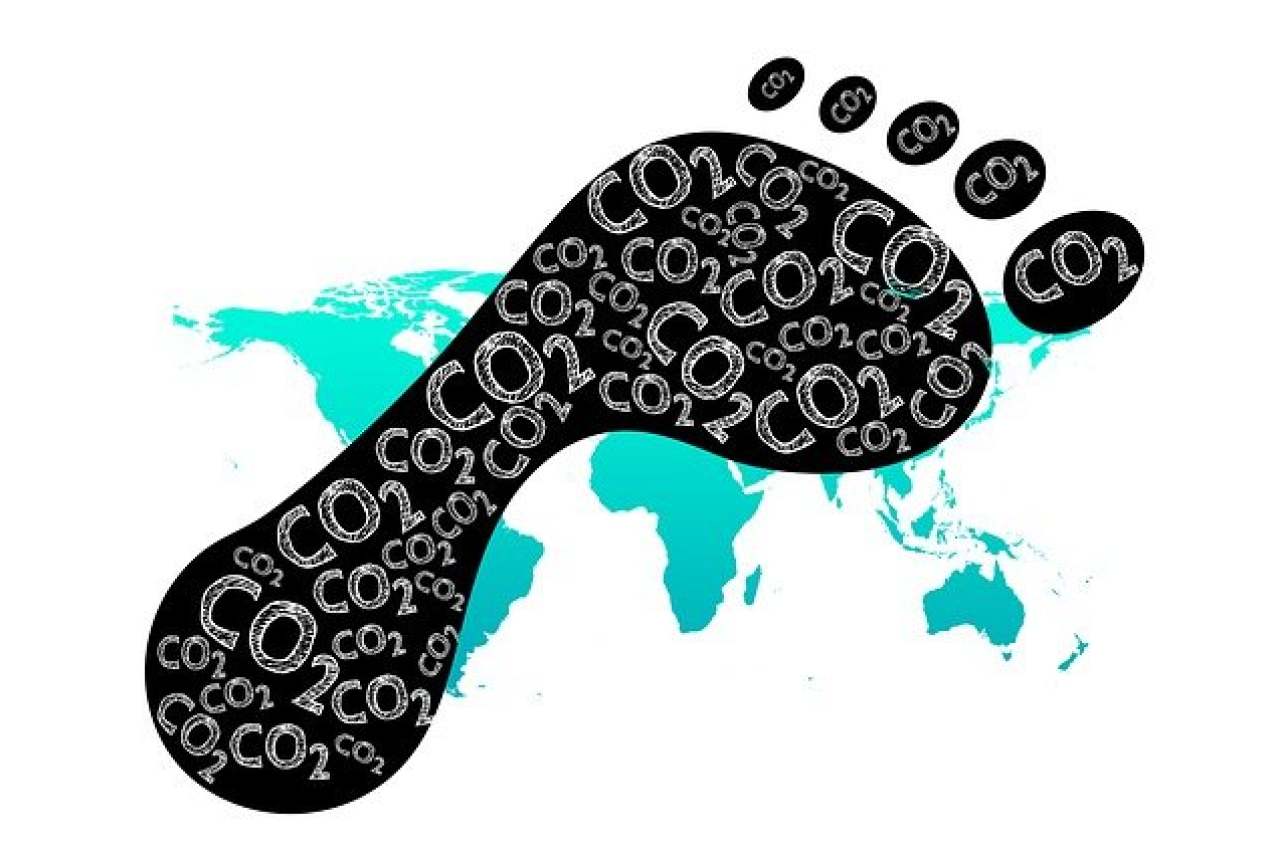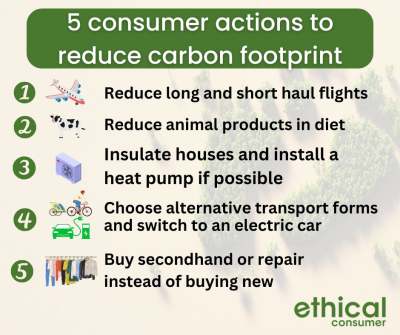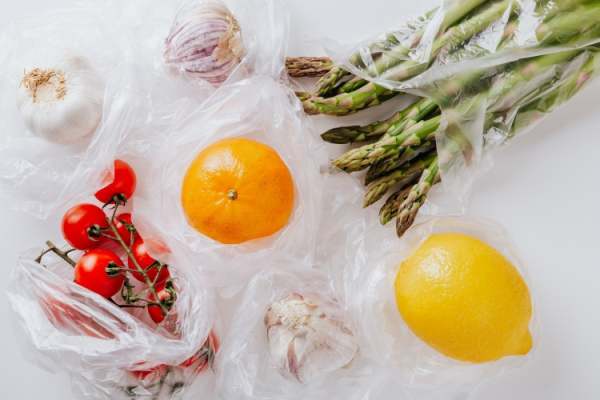We consider 18 possible actions – from recycling to getting a heat pump. We compare the carbon savings from each, and give our recommendations for the top eight actions when it comes to climate impact.
What can we do to reduce emissions?
Average carbon emissions per person in the UK are about 12 tonnes a year, including imported goods. This is substantially higher than the global average of 7 tonnes per year.
It is also many times more than for someone in Nigeria, Haiti and Yemen, where the average is under one tonne each year. These are three of the countries likely to be worst hit from climate breakdown.
While governments and companies must lead the way in taking systemic action, it’s not surprising that many of us are also looking to reduce our own carbon footprints, especially if governments are not acting fast enough. Ethical Consumer’s recent Climate Gap report looked into the most meaningful actions we can take to help reach international climate targets.











